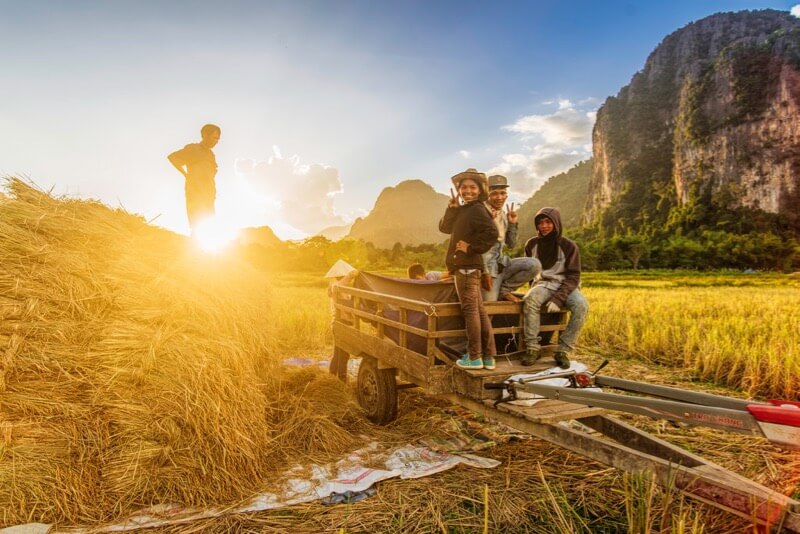Tech Versum: Explore the Future of Technology
Dive into the latest trends and innovations in technology with Tech Versum.
Picture This: Travelling the World Through a Lens
Explore the globe through stunning visuals! Join us on a visual journey that captures the essence of travel in every frame.
10 Essential Tips for Capturing Stunning Travel Photos
Capturing stunning travel photos requires not just a good eye but also an understanding of the essential techniques that can elevate your photography skills. Start with composition: always follow the rule of thirds. This means dividing your frame into a 3x3 grid and placing the key elements of your shot along these lines or at their intersections. Additionally, consider the lighting of your chosen location. Golden hour—shortly after sunrise and before sunset—offers soft, warm light, enhancing colors and details in your images. For more tips on lighting, check out this guide from National Geographic.
Post-processing is another crucial step in producing eye-catching images. Utilize software like Adobe Lightroom or GIMP to refine your photos; minor adjustments in contrast, saturation, and sharpness can make a significant difference. Furthermore, always aim to tell a story with your photos. Each image should evoke emotions and transport viewers to the place you visited. This storytelling aspect is highlighted in an article by Format. Lastly, don't forget to invest in a quality camera and lens that suits your travel photography needs; a good setup can dramatically improve your results.

How to Choose the Right Gear for Travel Photography
Choosing the right gear for travel photography can be daunting, but it doesn't have to be. Start by considering your photographic style and the type of destinations you plan to visit. For instance, if you're hiking in rugged terrain, a lightweight mirrorless camera with interchangeable lenses might be more suitable than a bulky DSLR. Look into versatile lenses, such as a 24-70mm f/2.8, which can handle a variety of situations without needing constant changes. To dive deeper into gear options, check out this guide on camera lenses.
Another essential component of your travel photography gear is stability and protection. Invest in a durable camera bag that offers cushioning as well as weather resistance, ensuring that your equipment remains safe during unpredictable weather conditions. Additionally, consider a compact tripod for those crucial landscape shots, as stability can make a significant difference in quality. For further information on the best bags and tripods for traveling photographers, refer to this resource on camera bags.
What Makes a Great Travel Photograph?
To capture what makes a great travel photograph, it's essential to focus on several key elements. Firstly, composition plays a pivotal role. This includes the rule of thirds, leading lines, and framing. A well-composed shot draws the viewer’s eye and creates a sense of balance. Incorporating artful composition can help your photos stand out. Moreover, lighting is equally important; golden hour provides a soft, warm glow that can enhance the aesthetic quality of your images. Experimenting with both natural and artificial light sources can profoundly influence the mood and impact of your photographs.
Another crucial aspect is the storytelling component of your travel photography. Each photograph should tell a story or evoke emotion, allowing viewers to connect with the destination on a deeper level. Consider including elements from the environment, such as local culture or everyday life, to enrich your narrative. Additionally, National Geographic provides excellent tips on how to tell your story visually. Finally, don’t underestimate the power of editing. Post-processing can refine your images, enhancing colors and details, ultimately leading to a more striking final product that resonates with your audience.